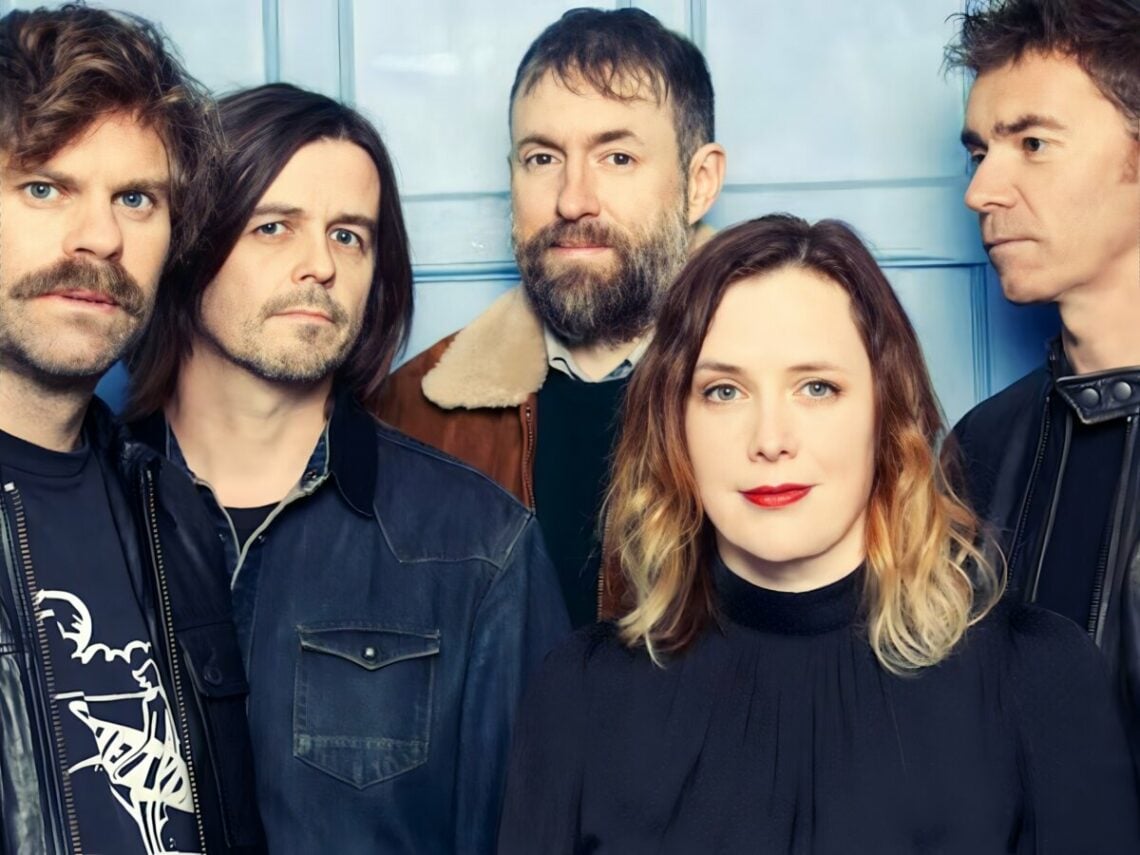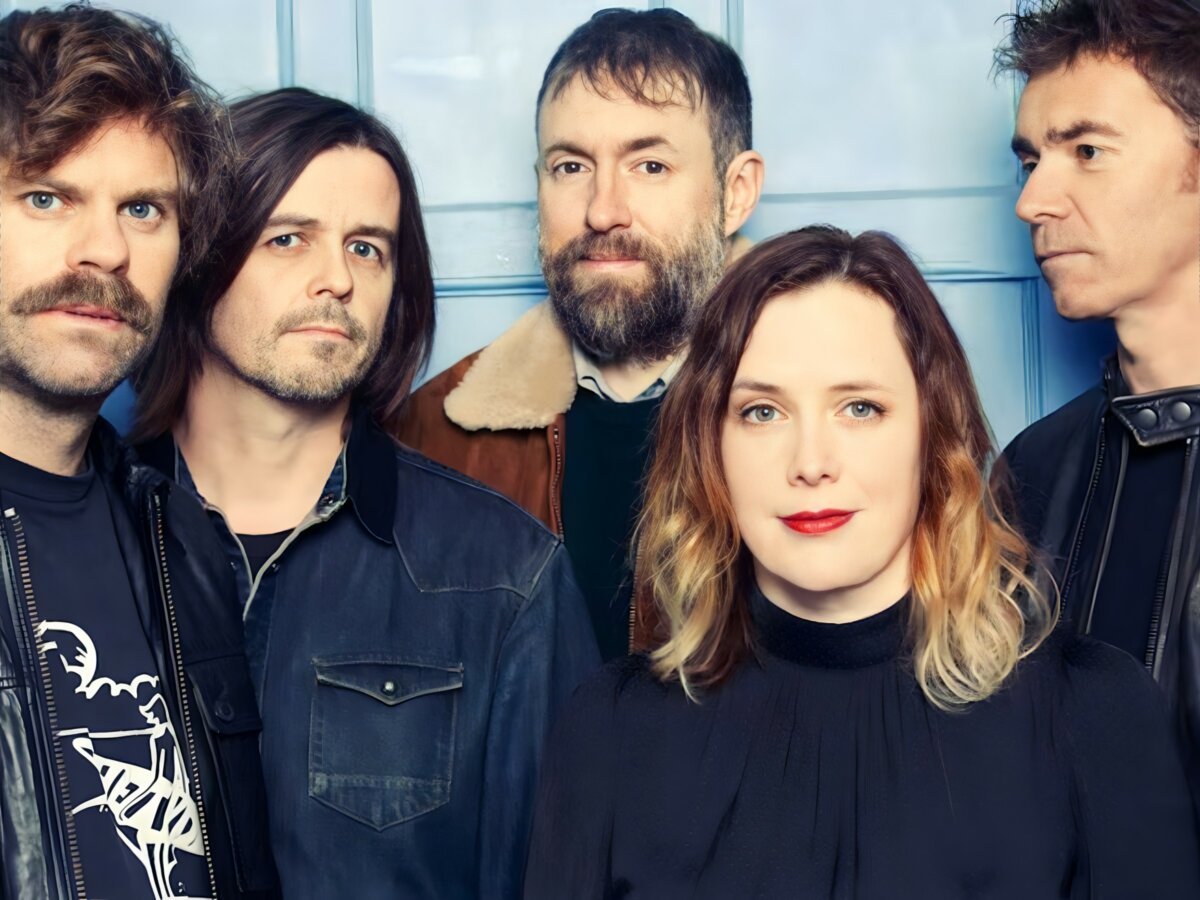
(Credit: Slowdive)
Sun 28 September 2025 14:45, UK
Even though it has experienced something of a resurgence in recent times, the golden age of shoegaze undoubtedly took place in the 1990s, give or take a few years.
With its highly textural approach to sound design and a proclivity for transforming walls of noise into the most luscious sonic environments, acts like My Bloody Valentine, Cocteau Twins and Slowdive all arguably spearheaded the movement at this time, each releasing albums considered essential to its development. It may have gradually fallen out of fashion towards the end of the decade, but what was created across a 10-15 year span is undoubtedly some of the most original material to have emerged from the indie sphere during a time where it was having to compete with Britpop for attention.
However, these things are cyclical, and while the return of both MBV and Slowdive in the 2010s after lengthy hiatuses would certainly have reignited interest in shoegaze, plenty of newer acts started looking back fondly upon their efforts and referencing them as major influences, spawning something of a revival. Acts such as Just Mustard, Beach House and DIIV are arguably flying the same flag as their predecessors, approaching their work in the same manner that pays attention to texture and layering sound, and receiving plenty of acclaim for how they have brought new life into the genre.
That being said, it wasn’t just the aforementioned triumvirate of acts who had attention coming their way at the time of the shoegaze boom, but while some other albums from this early period have endured a new lease of life, some remain completely forgotten about, only listened to by the true connoisseurs of the genre.
In an effort to shed more light on its history from its most seminal releases to its misplaced gems, Slowdive drummer Simon Scott compiled a playlist of essential shoegaze records, which featured two records in particular that have been unfairly left out of the genre’s canon. While he made mention of acts such as The Jesus and Mary Chain, A.R. Kane and Spacemen 3, all of which are significant acts from the heyday of shoegaze, these two deserve to be perceived with just as much importance.
Loop’s 1987 debut, Heaven’s End, was one of earliest ventures into the genre, and arguably came prior to there being a universally coined name for this burgeoning sound. While two of their members would go on to form the ambient project Main after their old project’s sudden demise, it’s important to recognise just how pivotal their work is in the shoegaze world, with them having arguably laid the foundations for what would come shortly after.
On the other hand, Flying Saucer Attack’s second album, Further, which was released in 1995, was a droning din that demonstrated just how mutated shoegaze had become as a concept within a short space of time. The Bristol-based project, led by David Pearce and previously containing Movietone’s Rachel Brook, was known for their DIY approach to the genre, and was celebrated by a number of dedicated fans, yet this never appeared to translate into mainstream recognition in the same way as other shoegaze acts managed.
Both of these albums are as crucial to the history of shoegaze as the likes of Loveless and Treasure, both of which were also mentioned by Scott in his compilation, and while they’re known to small subsections of fans, it’s a shame that they were never able to make the leap into becoming shoegaze royalty.
Related Topics

